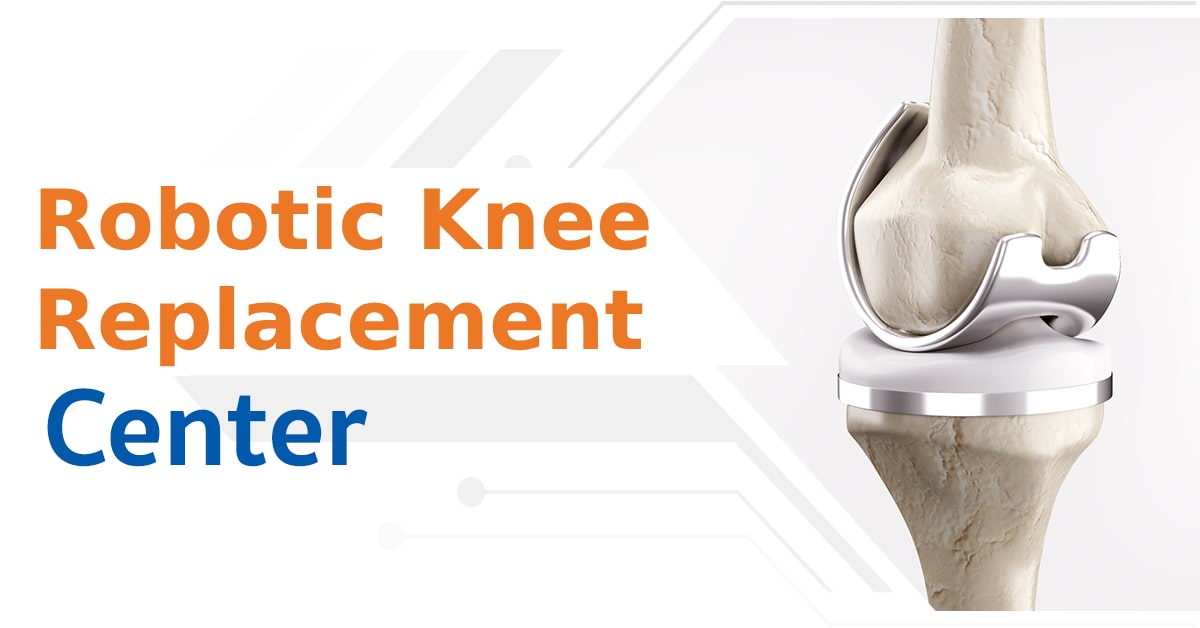
Maze Procedure For Atrial Fibrillation
Overview
A surgical procedure on the heart performed to treat atrial fibrillation is called a maze procedure, also known as Cox-maze IV procedure. The procedure entails creating scar tissue in a maze-like pattern to impede abnormal signals that trigger atrial fibrillation. This process stops abnormal heart rhythm signals while allowing normal heart rhythm signals to pass through.
The maze designed by healthcare providers resembles a maze game with a single entrance and exit, and a sole connecting pathway. Additional paths lead to dead ends. This pattern within both atria (upper heart chambers) prevents abnormal signals from propagating while still permitting the reception of normal signals by the atria.
To address this condition, healthcare providers utilize techniques such as radiofrequency ablation or cryoablation (freezing), which involve damaging the tissue and inducing scarring. This procedure may be performed independently or in conjunction with other surgical interventions for different medical conditions. The maze procedure boasts a success rate of 80–90%, though recovery may take a month or longer.
Types
The procedure can be carried out by healthcare providers using a:
- Sternotomy method: This method where your left and right ribs meet in your chest, make a 6-to 8-inch vertical cut down the sternum bone.
- Thoracoscopic method: A surgical incision is made between the ribs.
Reasons for undergoing the procedure
The Maze procedure is a treatment for atrial fibrillation (AF or AFib), the most prevalent abnormal heart rhythm.
The chance of death doubles in atrial fibrillation. In addition, compared to a person without atrial fibrillation, the risk of stroke is increased five to seven times. Furthermore, atrial fibrillation might result in uncomfortable sensations from a fast heart rate and congestive heart failure.
Maze surgery can restore normal heart rhythm, regulate heart rate, prevent blood clots, and lower the risk of stroke.
Individuals with atrial fibrillation may choose this option when:
- You can’t take medications or they don’t work.
- Blood clots, which include strokes
- You have atrial fibrillation and are undergoing surgery for another heart condition (such as a bypass or valve surgery).
- If the catheter ablation is not working.
Risk
In the first three months following maze surgery, between 30 and 50 percent of patients experience brief episodes of atrial fibrillation or skipped heartbeats. This is caused by an atrial tissue swelling. Medications assist with these kinds of issues. Abnormal heartbeats should stop as your heart heals.
Approximately 6% of patients who have surgical maze procedures require a pacemaker following their procedure due to an undiagnosed rhythm issue, such as:
- Heart block.
- Sick sinus syndrome.
Before the procedure
Prior to your treatment, a few tests and appointments are required:
- Consultation with your surgeon, cardiologist, and anesthesiologist.
- Get a transthoracic echocardiography to measure the size of the left atrium and look for valve problems.
- Get a computed tomography (CT) scan of your chest. The abdominal and pelvis may also require a CT scan if you’re having a minimally invasive surgery.
- Find out what you can and cannot consume before surgery, as well as what prescriptions to take.
During the procedure
Steps for a simplified maze procedure include:
- Sternotomy method
- Make a midline incision through the sternum.
- Initiate cardiopulmonary bypass (a device that will manage your breathing and heart during the surgical procedure).
- To prevent electrical signals from reaching the pulmonary veins, use ablation to isolate them.
- In the right and left atria, use ablation to produce scar tissue arranged in a certain maze pattern.
- Close or remove the left atrium appendage.
- Thoracoscopic method
- Cut through the ribs to allow for the passage of tools.
- Initiate cardiopulmonary bypass (a device that will manage your breathing and heart during the surgical procedure)may be required for specific types of the procedure.
- Deflating your lung facilitates a minimally invasive procedure.
- Place the endoscope (a tube with a camera) and port in the space between two ribs.
- Full ablations that resemble sternotomy techniques.
- Close or remove the left atrium appendage.
The approach that works best for you will be selected by your healthcare provider. In order to treat atrial fibrillation, both techniques employ ablation to produce a maze of scar tissue. Less invasive thoracoscopic procedures may result in fewer problems and a shorter hospital stay.
Any ablation technique used to treat atrial fibrillation is sometimes referred to as a “maze procedure.” A common procedure calls for ablation on both atria in order for the procedure to be considered a true maze surgery. For certain individuals, a more limited treatment method (such as pulmonary vein isolation) can be suitable.
Left atrial appendage
During ablation procedures targeting the left atrium, it’s common for healthcare providers to address the left atrial appendage. This small, ear-shaped structure is often implicated in the formation of blood clots and subsequent strokes among individuals with atrial fibrillation. It’s estimated that approximately 90% of clot formations originate from this appendage in atrial fibrillation patients.
The left atrial appendage can become a site where blood stagnates, leading to clot formation. If a clot dislodges and travels through the bloodstream, it can result in a stroke. Closing off or removing the left atrial appendage significantly reduces the risk of stroke.
To achieve this, surgeons utilize techniques such as stitches, staples, or specialized devices to seal off the left atrial appendage, preventing blood flow into it. This procedure is performed during both surgical and minimally invasive maze procedures.
After the procedure
Immediately following surgery, you will spend one or two days in an intensive care unit (ICU). After that, a few more days in a standard hospital room will follow, based on whatever other procedures you underwent. Four days following their treatment, patients who underwent the minimally invasive surgery are discharged from the hospital. Some might require a week.
After your maze procedure, you might need to take the following medications:
- For at least three months, use anticoagulants (blood thinners) such as apixaban or warfarin to avoid blood clots. Your cardiologist will then decide if you still need to take anticoagulation.
- Medication to regulate irregular heart rhythms.
- Diuretics, which lower your body’s fluid retention.
Patients who have undergone a maze procedure may occasionally require further catheter ablations in order to eradicate atrial fibrillation entirely. It is imperative that individuals undergoing a maze operation maintain constant follow-up with their cardiologist in order to ascertain whether more ablations are necessary.
Outcome
Resuming regular activities typically takes approximately three to six weeks after maze surgery. Thanks to its minimally invasive approach, which involves a smaller chest incision, the recovery process is expedited.
The maze procedure boasts an impressive success rate ranging from 80% to 90%. It not only prolongs relief from atrial fibrillation but also significantly reduces the risk of stroke and blood clots.
Any symptoms of atrial fibrillation experienced after undergoing the surgical maze procedure should promptly be reported to your cardiologist.




















